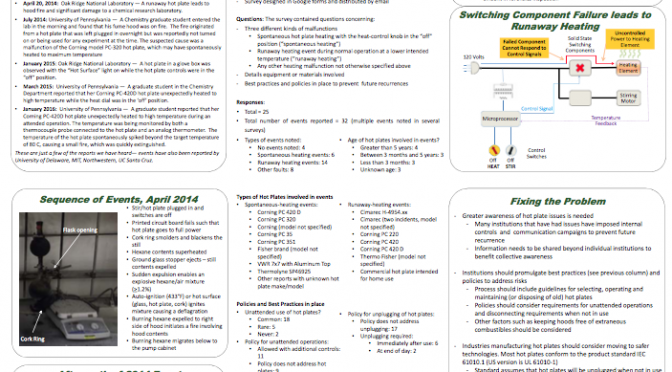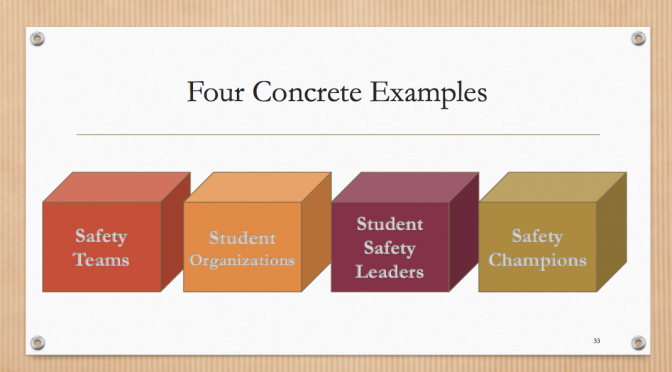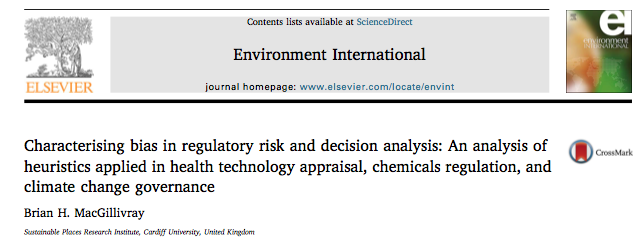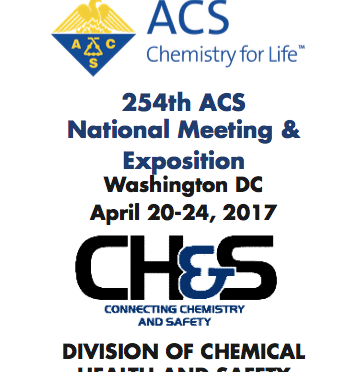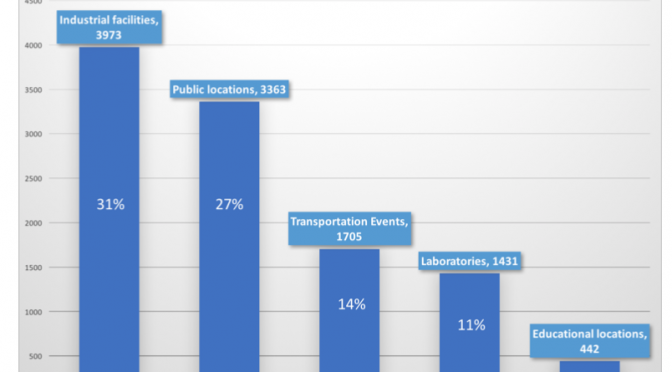Pistoia Alliance
Chemical Safety Library CSLDatathon
To increase the valuable content in the free Chemical Safety Library (CSL), we are hosting a 2-week datathon in October to promote submissions to the CSL. Participants will be encouraged to submit incidents from the literature, in internal files or from personal experience.
 You could win a $100 gift card.
You could win a $100 gift card.
Please help us spread the word:
Download the CSL Datathon Flyer and share it widely!
Thank you for your support and help!
csladmin@pistoiaalliance.org
Watch out for #CSLDatathon and #CSLHackathon on twitter coming soon!
Copyright © 2017 Pistoia Alliance, All rights reserved.
You are receiving this email because you registered for the Pistoia Alliance Chemical Safety Library service.
Our mailing address is:
Pistoia Alliance
401 Edgewater Place
Suite 600
Wakefield, MA 01880

